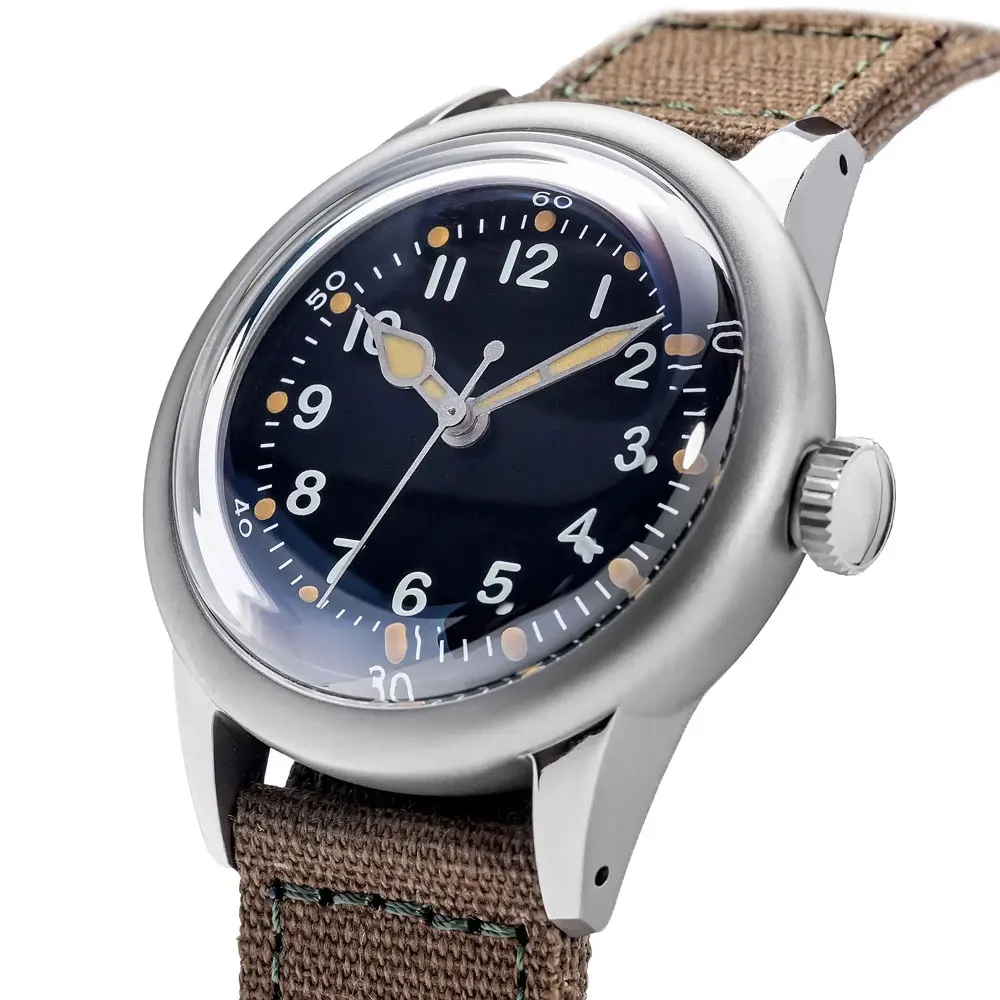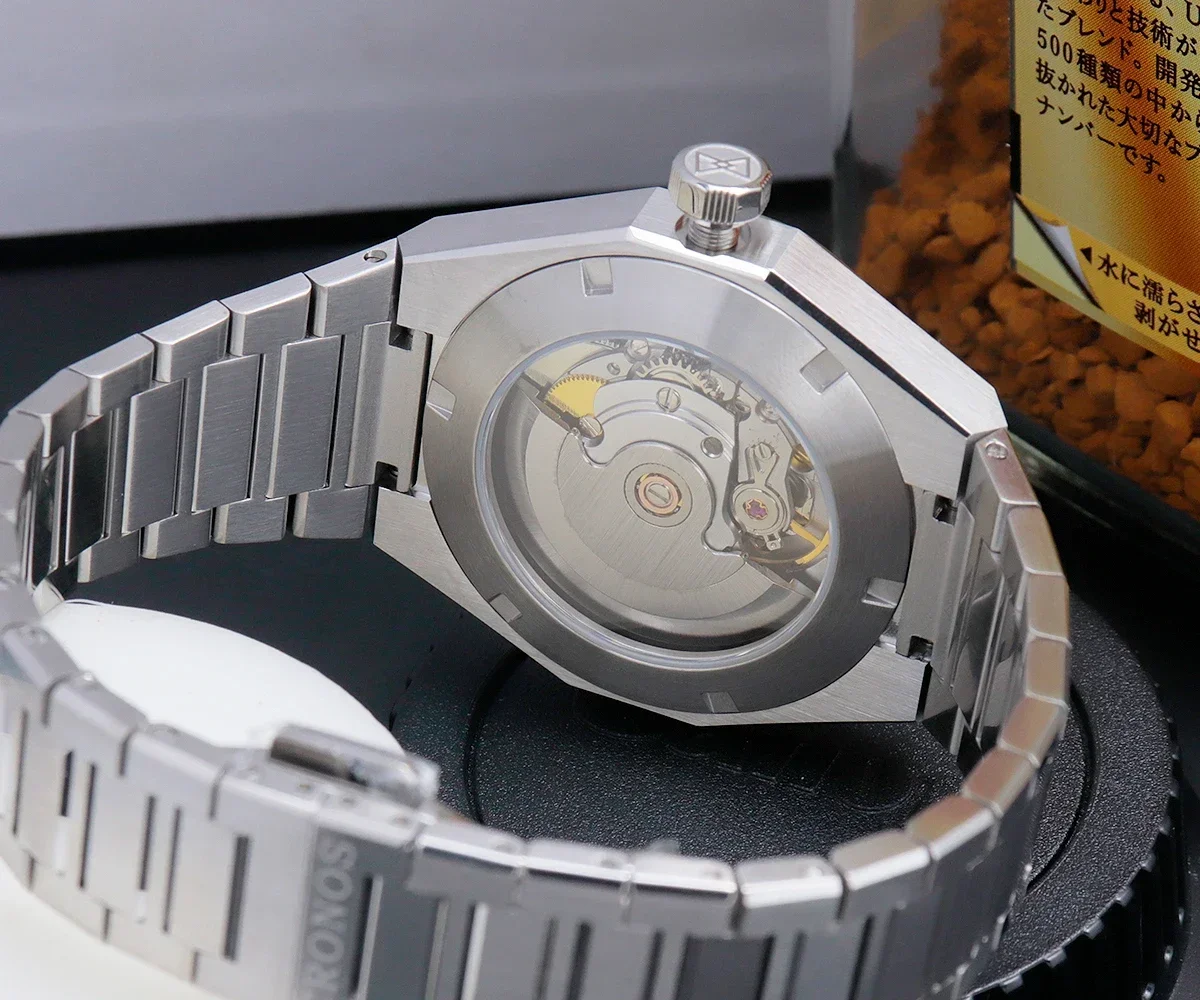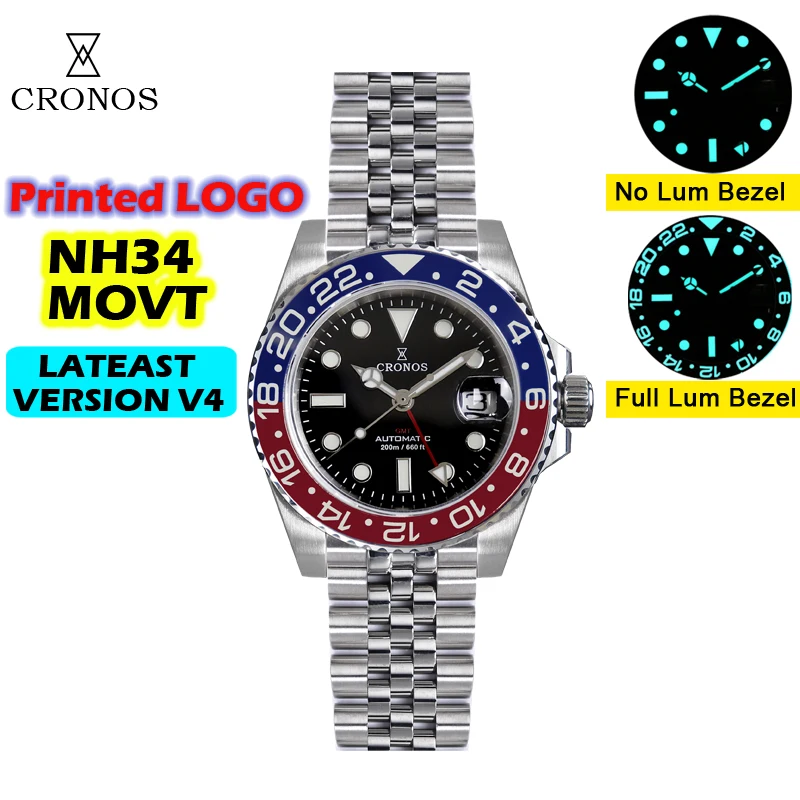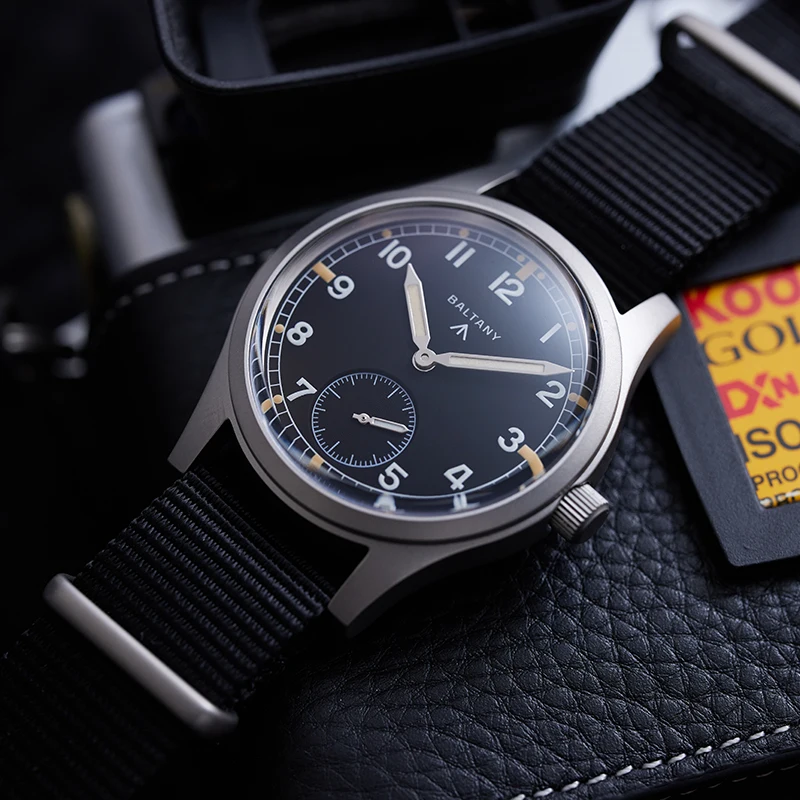The Quest for Water-Resistant Timepieces: Early Challenges and Solutions
When watchmakers first attempted to create timepieces that could withstand water exposure, they faced a fundamental engineering challenge: how to protect delicate mechanical movements from moisture while maintaining accuracy and functionality. This was no simple feat, as traditional watches contained numerous small components vulnerable to corrosion and damage.
The motivation behind these early attempts stemmed from practical needs:
– Maritime navigation required reliable timekeeping in wet conditions
– Military operations demanded durable instruments for underwater missions
– Commercial diving operations needed precise timing tools
Before the 20th century, watchmakers experimented with rudimentary sealing methods, including fitted cases and basic gaskets made from materials like cork or leather. However, these early attempts provided minimal protection against water ingress. The comprehensive historical foundation of underwater timepieces reveals that creating a truly waterproof watch required solving multiple engineering problems simultaneously.
The complexity extended far beyond simple water resistance:
– Ensuring cases could withstand pressure at depth
– Maintaining legibility underwater
– Allowing for time adjustment while preserving water integrity
– Creating materials that could resist corrosion in saltwater
These fundamental challenges would drive innovation for decades to come, setting the stage for remarkable engineering breakthroughs.
Foundations of Water-Resistant Design (1880s-1920s)
The late 19th century saw the first serious attempts to engineer water-resistant watches, laying groundwork for future innovations. This era brought several key developments that established basic principles still used today.
François Borgel’s screw case design, patented in 1891, represented a significant step forward. Instead of the typical pressure-fit case backs, Borgel created a threaded system where the case screwed together, creating a tighter seal against dust and moisture. Though not fully waterproof, this innovation demonstrated a viable approach to improved sealing.
Early developments in water-resistant design included:
– Screw-back cases that created compression seals
– Early experimentation with rubber and cork gaskets
– The transition from dust-proof to moisture-resistant designs
– Cases with additional protective outer shells
The timeline of diving watch innovations shows how World War I accelerated development, as “trench watches” needed protection from mud and moisture in battlefield conditions. These timepieces featured crude seals and protective covers over the winding crown—the most vulnerable point for water entry.
Material limitations posed significant challenges during this period. Early gaskets deteriorated quickly, metal cases were prone to corrosion, and crystal materials (typically glass or early plastics) often failed under pressure or temperature changes.
These early experiments, while limited in their effectiveness, established important concepts that would enable the breakthrough designs of the next decade.
The Oyster Revolution: Engineering the First Truly Waterproof Watch (1926)
The revolutionary engineering breakthrough that transformed underwater timepieces came in 1926 with the introduction of the first truly waterproof wristwatch. This innovation addressed what had long been the primary vulnerability in watch design: the winding crown.
The crown presented a unique engineering challenge because it necessarily pierced the case, creating an opening for water infiltration. Previous designs had attempted to minimize this vulnerability but failed to eliminate it. The breakthrough came with the development of the screw-down crown system—a remarkably elegant solution to a complex problem.
The technical innovation worked through several key mechanisms:
1. A threaded tube was fitted into the watch case
2. The crown featured corresponding threads that screwed directly into this tube
3. When tightened, rubber gaskets created a hermetic seal
4. The entire system could withstand significant external pressure
The complete case concept represented an integrated engineering solution with three sealed zones (crystal, case back, and crown), each contributing to water resistance. This threaded system created compression on rubber gaskets, which improved sealing as water pressure increased—a brilliant self-reinforcing design.
Historical validation came when swimmer Mercedes Gleitze wore one of these watches during her English Channel crossing attempt. Despite hours in cold seawater, the mechanism remained dry and functional—a public demonstration that proved the engineering concept worked in real-world conditions.
This pivotal moment in watchmaking opened new possibilities, laying the foundation for all subsequent developments in the evolution of dive watch technology and establishing principles that remain central to underwater timepiece design today.
Purpose-Built for the Deep: Specialized Underwater Watches (1930s-1940s)
Following the breakthrough of truly waterproof case design, engineers faced new challenges as professional and military divers required timepieces capable of functioning at increasing depths. This era saw the development of purpose-built underwater watches designed specifically to withstand extreme conditions.
The engineering challenges intensified dramatically with increasing depth:
– Water pressure increases by approximately 1 atmosphere (14.7 psi) for every 33 feet (10 meters) of depth
– Case materials needed to resist crushing under pressure
– Crystal components risked implosion
– Sealing systems required greater compression resistance
Omega introduced their Marine model with an innovative double-case design—essentially placing a traditional watch inside a watertight container with a specialized seal. This approach offered excellent protection but resulted in bulky dimensions.
Military requirements during World War II drove rapid advancement in underwater watch engineering. Italian naval forces developed specialized underwater timepieces featuring unprecedented water resistance and visibility innovations. These watches introduced luminous material that allowed for readability in dark underwater conditions—a crucial development for military divers conducting covert operations.
The history of professional diving watches demonstrates how these specialized tools evolved to meet extreme demands. Early rectangular case designs offered improved pressure distribution, while thicker crystals and reinforced case backs provided enhanced structural integrity.
Today’s professional-spec dive watches continue to build upon these foundational engineering principles, though with significantly advanced materials and manufacturing techniques.

The Modern Dive Watch Emerges: Revolutionary Designs of the 1950s
The 1950s marked a transformative decade in underwater watch engineering, when recreational diving surged in popularity and manufacturers responded with innovations that would define dive watches for generations to come. This era saw the convergence of technological advancements and practical features that created the template for the modern diving timepiece.
The unidirectional rotating bezel emerged as one of the most significant engineering innovations of this period. This seemingly simple addition served a critical safety function: allowing divers to track elapsed time underwater. The unidirectional mechanism (rotating only counterclockwise) meant that any accidental movement would indicate more time underwater rather than less—a fail-safe design that could prevent potentially fatal miscalculations of air supply.
Key technological developments during this period included:
– Water resistance ratings reaching 100 meters (328 feet)
– Automatic winding mechanisms eliminating the need to manipulate the crown underwater
– Improved luminous materials for enhanced underwater visibility
– Standardized design elements becoming established (contrast dials, bold markers)
The Blancpain Fifty Fathoms, introduced in 1953, featured water resistance to 91 meters (50 fathoms) and a secured rotating bezel. The Zodiac Sea Wolf offered similar capabilities to recreational divers, while other manufacturers soon followed with their own interpretations of the dive watch formula.
Testing methods also evolved during this period, with manufacturers developing more rigorous protocols to verify water resistance claims. These watches underwent pressure testing in controlled environments to ensure they could withstand the claimed depths.
Today’s classic style dive watches draw direct inspiration from these iconic 1950s designs, maintaining the essential engineering principles while incorporating modern manufacturing techniques.
Technical Advancements of the Golden Age (1960s-1970s)
The 1960s and 1970s represented a golden age for underwater watch engineering, as manufacturers tackled increasingly extreme challenges and developed sophisticated solutions that pushed the boundaries of what was technically possible.
Perhaps the most significant innovation of this period addressed a problem few people outside of professional diving circles were aware existed. During saturation diving—where divers live in pressurized environments for days or weeks—helium molecules (the smallest naturally occurring gas particles) would slowly penetrate watch seals. When divers decompressed, these trapped gases couldn’t escape quickly enough, sometimes causing watch crystals to pop off violently.
The solution came in the form of the helium escape valve—a one-way pressure release system that allowed these gases to exit safely without compromising water resistance. This engineering breakthrough enabled watches to function reliably during the most demanding professional diving operations.
Other significant technical advancements included:
– Monobloc case construction (single-piece cases without removable backs)
– Compressor case designs utilizing water pressure to improve sealing
– Improved crystal materials with greater pressure resistance
– Transition from radioactive radium to tritium for luminous elements
– Enhanced bezel mechanisms with improved water and dirt resistance
Iconic models like the Sea-Dweller featured the helium escape valve system, while the Doxa SUB 300T Conquistador brought professional-grade features to the recreational market. Japanese watchmakers made significant contributions with innovative case designs featuring protective outer shrouds.
These technical developments reflect the broader dive watch heritage and evolution, demonstrating how engineering solutions emerged in response to real-world challenges encountered by underwater professionals.
Material Science Revolution: New Frontiers (1980s-1990s)
The 1980s and 1990s witnessed a revolution in dive watch engineering driven primarily by advancements in material science. This era introduced new substances and composites that dramatically expanded the capabilities and durability of underwater timepieces.
Titanium emerged as a game-changing material for dive watch cases. Approximately 45% lighter than steel with superior corrosion resistance, titanium could withstand exposure to saltwater without deterioration. The IWC Ocean 2000, constructed from titanium, demonstrated how this material could enable ultra-thin case design while maintaining extreme depth ratings.
Crystal technology progressed significantly during this period as well:
| Crystal Material | Hardness (Mohs scale) | Pressure Resistance | Relative Cost |
|---|---|---|---|
| Acrylic | 3-4 | Good | Low |
| Mineral Glass | 5-6 | Better | Medium |
| Sapphire | 9 | Excellent | High |
Sapphire crystal, nearly as hard as diamond, became the standard for premium dive watches, offering superior scratch resistance and pressure handling. Advanced manufacturing techniques allowed these crystals to be produced more economically and in complex shapes.
Ceramic materials began appearing in bezel constructions, offering extreme hardness and scratch resistance along with permanent coloration that wouldn’t fade from sun exposure or saltwater contact. These materials maintained their appearance despite harsh conditions—a significant advantage for professional diving instruments.
Gasket technology also advanced considerably with the development of synthetic compounds that maintained elasticity and sealing properties for much longer periods. These improved materials extended service intervals and enhanced long-term reliability.
Modern titanium automatic watches continue to benefit from these material science breakthroughs, as do all contemporary timepieces featuring advanced engineering behind adventure watch cases.
Standards and Certification: The Science of Reliability
As dive watch engineering advanced, the need for standardized testing and certification became increasingly apparent. Without clear guidelines, consumers had no reliable way to verify manufacturers’ claims about water resistance and functional reliability under pressure.
The development of ISO 6425 in 1996 created the first internationally recognized standard specifically for dive watches. This comprehensive protocol established minimum requirements for timepieces marketed as “diver’s watches” and codified scientific testing methodologies to verify their performance.
To earn certification under ISO 6425, watches must pass a series of rigorous tests:
– Water resistance verification at 125% of the rated depth
– Condensation test (rapid temperature changes to detect moisture infiltration)
– Shock resistance testing
– Anti-magnetism testing
– Strap/bracelet durability testing
– Visibility and legibility standards (readability at 25cm/9.8in in darkness)
– Functional testing of the rotating bezel (if equipped)
This standardization had profound effects on dive watch engineering, forcing manufacturers to adopt more rigorous quality control processes and pushing overall industry standards higher. It also distinguished between true dive watches and fashion watches with nominal water resistance ratings.
The understanding of durability factors in rugged watches demonstrates how these formalized testing procedures ensure that timepieces marketed for professional underwater use can genuinely withstand such conditions. While these standards represent minimum requirements, many manufacturers engineer their watches to substantially exceed these specifications, resulting in timepieces with remarkable real-world performance.
Digital Integration and Hybrid Solutions
The integration of digital technology into dive watches represented another major engineering milestone, combining the reliability of mechanical systems with the expanded capabilities of electronic components. This merger created entirely new categories of underwater timekeeping devices.
Early digital dive watches faced unique engineering challenges:
– Ensuring water-tight sealing around button interfaces
– Developing pressure-resistant LCD displays
– Creating battery compartments that remained watertight yet accessible
– Managing power consumption for extended underwater use
The first hybrid analog-digital dive watches appeared in the 1980s, featuring traditional hands alongside digital depth sensors. This fusion allowed divers to maintain the instant readability of analog displays while benefiting from precise digital measurements. Engineers had to solve complex problems involving the coexistence of mechanical and electronic components within a single waterproof enclosure.
As technology progressed, more sophisticated functions became available:
– Digital depth gauges accurate to fractions of a foot/meter
– Water temperature sensors
– Automatic dive logging capabilities
– Decompression calculation features
These developments eventually led to the creation of dedicated dive computers—specialized electronic instruments that track multiple variables simultaneously and perform complex decompression calculations in real-time. While these devices have largely replaced traditional watches for professional diving, the engineering principles developed for water-resistant watch cases remain fundamental to their design.

Modern Engineering Marvels: Ultra-Deep Capabilities
Contemporary dive watch engineering has pushed boundaries that would have seemed impossible to early pioneers, creating timepieces capable of surviving the most extreme underwater environments on Earth. These ultra-deep watches represent the pinnacle of pressure resistance engineering.
While recreational diving rarely exceeds 130 feet (40 meters), modern dive watches commonly offer water resistance ratings of 1,000 feet (300 meters) or greater. The engineering required to achieve these specifications involves sophisticated solutions:
- Ring lock systems that distribute pressure forces evenly throughout the case
- Gradually thickening sapphire crystals with optimized geometry to resist deformation
- Case backs engineered with specific curvature to strengthen under pressure
- Helium escape valves with improved flow rates and reliability
- Advanced gasket systems using multiple sealing points
Experimental models have reached astonishing depth capabilities, with certain watches tested at simulated depths beyond 15,000 feet (4,500 meters)—far exceeding the crush depth of most military submarines. Some specialized timepieces have even descended to the deepest point on Earth, the Challenger Deep in the Mariana Trench, at approximately 35,800 feet (10,900 meters).
These achievements require exotic materials and extreme engineering precision:
– Grade 5 titanium alloys with exceptional strength-to-weight ratios
– Special nitrogen-alloyed stainless steels with superior corrosion resistance
– Ceramic composites that maintain structural integrity under immense pressure
The automatic dive watches available today benefit directly from these ultra-deep engineering developments, incorporating technologies and design principles proven in the most demanding environments.
Classic Automatic Dress Watches, Day Date Automatic Watches, Perpetual Calendar Automatic Watches
Price range: $540.60 through $574.60 Select options This product has multiple variants. The options may be chosen on the product pageAutomatic Chronograph Watches, Chronograph Pilot Watches
Price range: $233.36 through $237.58 Select options This product has multiple variants. The options may be chosen on the product pageClassic Automatic Dress Watches, GMT Automatic Watches, GMT Pilot Watches
Price range: $1,240.86 through $1,463.33 Select options This product has multiple variants. The options may be chosen on the product pageAutomatic Chronograph Watches, Classic Style Dive Watches
$3,053.06 Select options This product has multiple variants. The options may be chosen on the product pageAutomatic Skeleton Watches, Open Heart Automatic Watches
$98.36 Select options This product has multiple variants. The options may be chosen on the product pageBronze Automatic Watches, Military Inspired Automatic Watches, Professional Spec Dive Watches
Price range: $1,442.21 through $1,442.82 Select options This product has multiple variants. The options may be chosen on the product page
The Future of Underwater Timekeeping
As we look toward the future of underwater watch engineering, several emerging trends suggest exciting directions for continued innovation. While the fundamental challenges remain unchanged—keeping water out and ensuring reliability under pressure—the approaches to solving these problems continue to evolve.
Material science remains at the forefront of innovation with sustainable options gaining prominence. Bio-sourced ceramics, recycled titanium alloys, and environmentally responsible manufacturing processes are becoming increasingly important considerations in watch engineering.
Advanced luminous technology represents another area of rapid development. New compounds provide unprecedented brightness and duration without radioactive elements, while some manufacturers explore electroluminescent materials that maintain perfect visibility in any conditions without requiring “charging” from external light sources.
Miniaturization of sensors continues to expand possibilities for hybrid timepieces. Temperature, depth, and pressure sensors now require minimal space, allowing for their integration into traditional mechanical watches without compromising water resistance or aesthetic appeal.
Gasket technology continues advancing with self-lubricating compounds that maintain optimal sealing properties for extended periods, potentially extending service intervals and improving long-term reliability.

While digital dive computers have largely replaced traditional watches for professional diving applications, the engineering principles developed for mechanical dive watches continue to influence how we approach creating instruments that can withstand extreme underwater conditions.
Glossary: Key Terms in Underwater Watch Engineering
ATM (Atmosphere): Unit of pressure equal to air pressure at sea level (approximately 14.7 psi); each 10 meters/33 feet of water depth adds 1 ATM of pressure.
Bezel, Unidirectional: A rotating ring around the watch face that turns only counterclockwise to prevent accidental adjustment that would underestimate elapsed dive time.
Compressor Case: A watch case design that uses water pressure to increase sealing effectiveness at greater depths.
Crown Guards: Protective extensions of the watch case that shield the winding crown from impacts and reduce the risk of accidental manipulation underwater.
Gasket: Rubber or synthetic ring that creates a watertight seal between watch components.
Helium Escape Valve (HEV): One-way valve that allows helium molecules to exit the watch during decompression without compromising water resistance.
ISO 6425: International standard specifying requirements and testing procedures for watches marketed as “diver’s watches.”
Monobloc Construction: Single-piece watch case without a separate back, reducing potential failure points for water ingress.
Screw-Down Crown: Winding mechanism that threads into the watch case to create a watertight seal when not in use.
Triplock/Twinlock System: Multi-gasket crown sealing systems providing enhanced water resistance through redundant barriers.
Water Resistance Rating: Indication of maximum water pressure a watch can theoretically withstand, usually expressed in meters, feet, or atmospheres (ATM).
For those interested in specialized diving timepieces with additional functionality, GMT dive watches combine water resistance engineering with time zone tracking capabilities.
The Engineering Legacy: Why Water Resistance Matters Beyond Diving
The engineering principles developed for underwater watches have influenced virtually every aspect of modern watchmaking, extending far beyond specialized diving instruments. Water resistance has evolved from a niche feature to a standard expectation, with gasket systems originally designed for professional dive watches now commonplace in everyday timepieces.
This technology transfer makes practical sense—watches encounter moisture regularly through rain, handwashing, and humidity. The sealed crown systems, pressure-tested cases, and improved gasket materials developed for diving applications now protect watches in these everyday scenarios, significantly extending their lifespan and reliability.
The appeal of over-engineered dive watches extends beyond their functional capabilities. There’s something intrinsically satisfying about wearing an instrument designed to survive extreme conditions, even if most wearers never venture deeper than the shallow end of a swimming pool. This overbuilt quality translates to exceptional durability in daily life.
Throughout watchmaking history, the pursuit of water resistance has driven broader innovation. Solutions developed for underwater timepieces—from improved sealing systems to corrosion-resistant materials—have been adapted across the entire industry. Today’s automatic watches benefit directly from these engineering developments, regardless of whether they’re specifically designed for underwater use.
The enduring legacy of underwater watch engineering remains its perfect balance of form and function. By solving genuine technical challenges with elegant solutions, watchmakers created timepieces that perform exceptionally well while maintaining aesthetic appeal—a rare combination that explains why dive watch design has remained essentially unchanged for over half a century.







